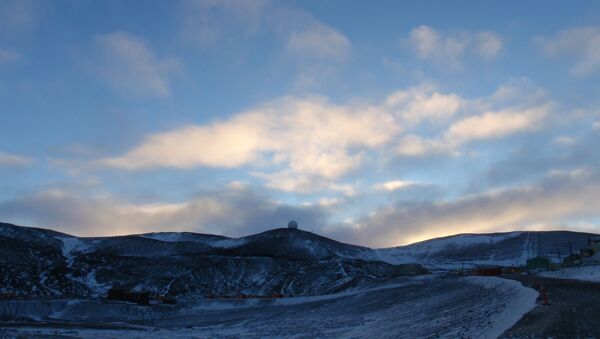"The scientists did quickly recover the data vaults from the NASA-funded mission, called GRIPS, which is short for Gamma-Ray Imager/Polarimeter for Solar flares," the release stated. "But due to incoming winter weather… they had to leave the remaining instruments on the ice and schedule a recovery effort for the following year."
The Antarctic summer runs October through February.
"Despite sitting on the ice for a year, no snow had made it into the electronics," University of California at Berkeley solar physicist Hazel Bain said.
Over the course of three one-day flights in January to the landing site, about 500 miles away from the Amundsen-Scott South Pole Station, scientists successfully dug out and recovered the instruments balloon, the release noted.



